Hydroelectricity accounts for nearly 20% of the world’s source of electricity production, and there is potential to expand its use significantly. However, such as everything, there are pros and cons to using hydroelectricity. This guide will briefly go over Hydroelectric energy’s pros and cons and help you to know if it is the right option or not.
What is Hydroelectric Energy?
Hydroelectric energy is a process of using the power of the natural water flow to create electricity. Reservoirs store this water, and when they release it, it spins turbines that generate electricity.
It is one of the most efficient and cleanest sources of energy available, and it doesn’t produce greenhouse gas emissions contributing to climate change.
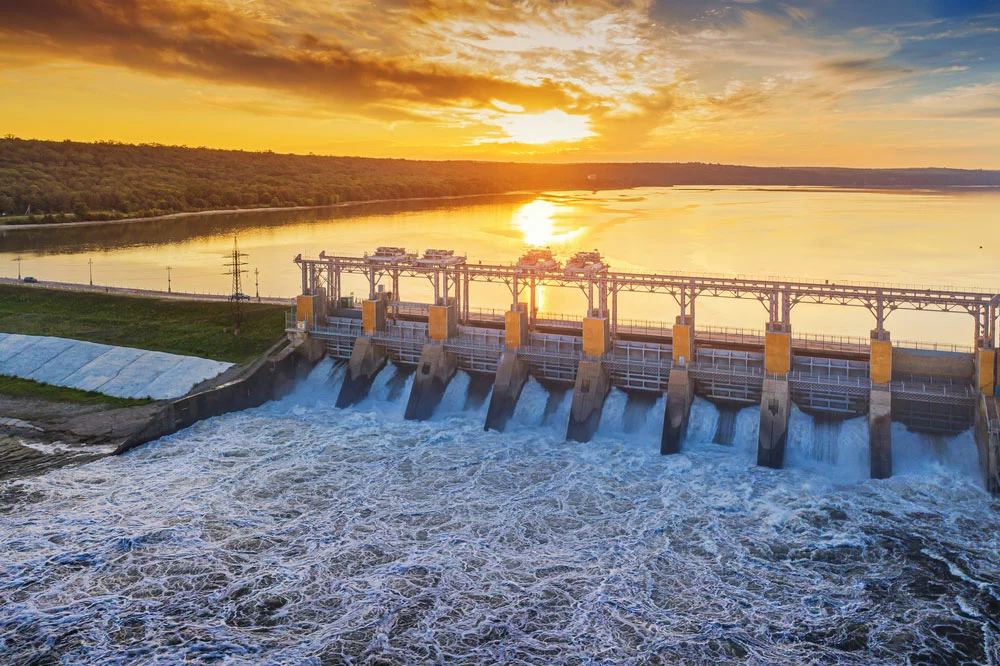
Hydroelectric power station
How Hydroelectric Energy Works
A dam or a reservoir holds water, and when the reservoir releases the water, the power of the falling water turns turbines( turns it into kinetic energy). There are generators connected to these turbines to produce electricity.
The hydropower plant sends this electricity to homes and businesses to power grids.
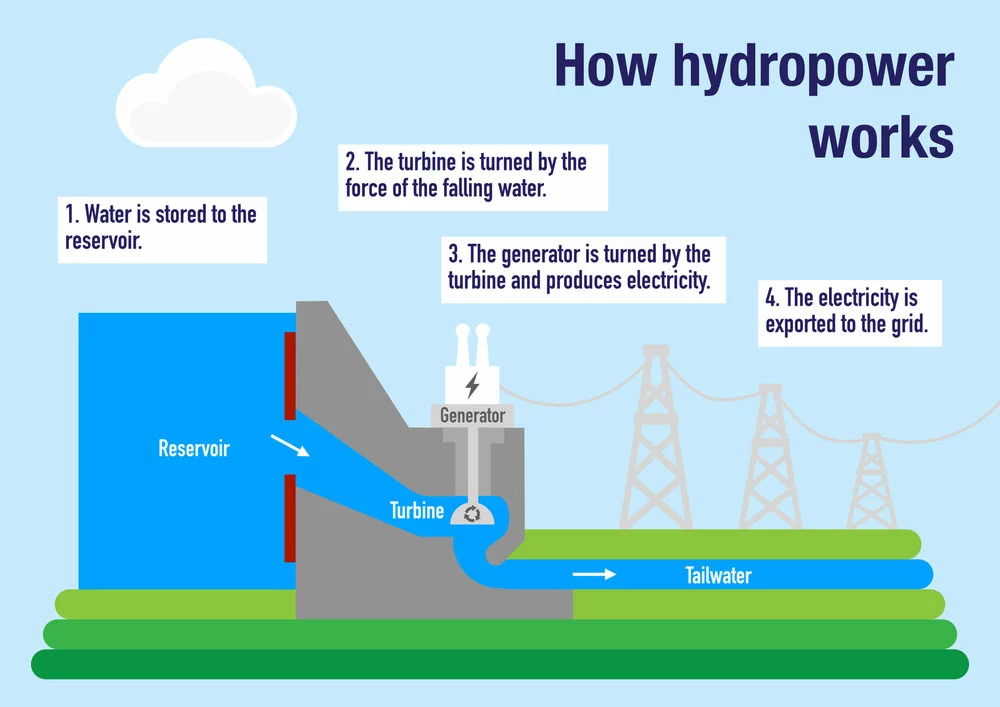
How hydropower plant works to produce electricity from water
Pros of hydroelectric energy
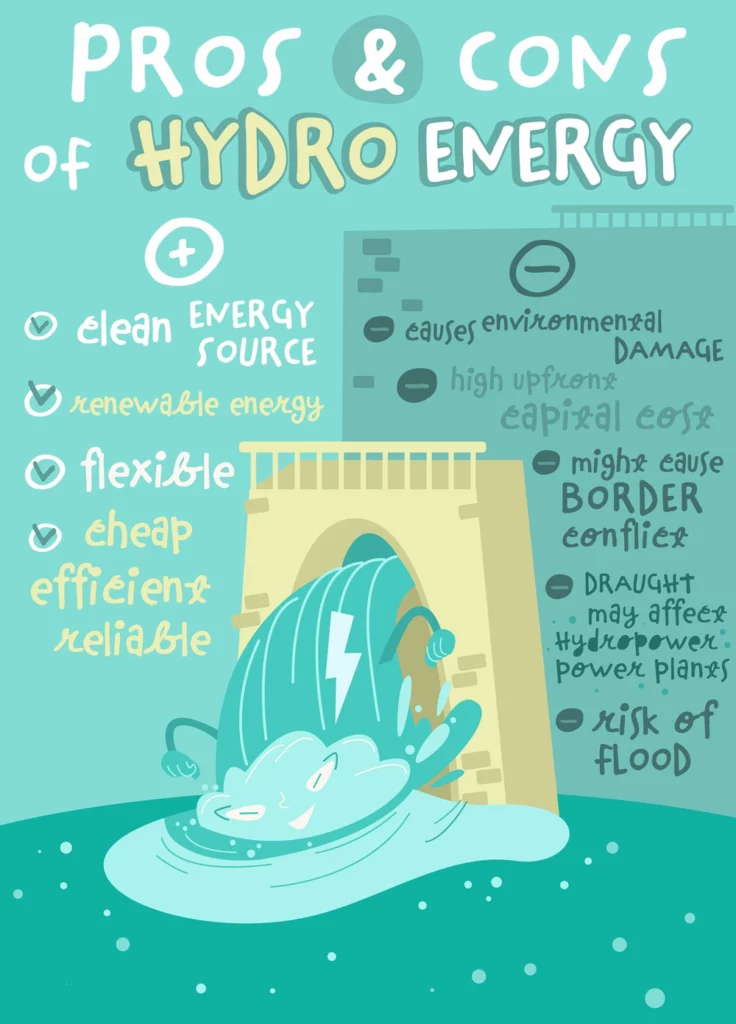
Pros and cons of hydro energy
1. Renewable and sustainable
Hydroelectricity is a renewable resource, so you can use it repeatedly without running out. When you think about how this works, it makes sense.
Water is constantly evaporating and then condensing and falling back down to Earth in the form of rain or snow. So, in a way, the water cycle powers hydroelectricity!
2. Clean energy
Hydroelectricity is also a pure form of energy. It doesn’t produce harmful emissions or pollutants, so it has no environmental impacts compared to fossil fuels like coal and natural gas.
3. Cost-effective
Once organizations build a hydroelectric power plant, the operating costs are meager, and it’s one of the most cost-effective energy sources available. When you think about it, this makes sense since water is free!
Also, the hydroelectric power plant has a 50-100 years lifespan, so you don’t have to worry about constantly replacing them as you do with other power plants.
4. Reliable
Hydroelectric plants can be reliable and are not affected by weather conditions like wind or solar energy, providing a consistent energy source.
5. Develops remote communities
Hydroelectric plants are often built in remote communities that don’t have access to other forms of energy. This way can help these communities to develop and grow.
When they have access to electricity, they can add new businesses and services, leading to more jobs and a higher standard of living.
6. Boosts employment
Building a hydroelectric power plant creates a lot of jobs, and not only does it require workers to build the actual plant, but you also need people to operate and maintain it.
So, hydroelectric power can be a real boon in countries where unemployment is high.
Hydroelectric Energy Pros and Cons:Cons of hydroelectric energy
1. High initial investment costs
The biggest downside of hydroelectricity is the high initial investment costs. Building a hydroelectric power plant can cost billions of dollars, so it’s not always feasible for smaller countries or communities.
2. Requires a lot of water
Hydroelectricity requires a lot of water to work. Most hydropower plants are near large bodies of water like river water or lakes, which can sometimes impact the local river ecosystem because they change the water flow.
3. Can cause environmental problems
While hydroelectricity is a clean source of energy, it can still cause some environmental problems. The most common one is “eutrophication.”
This problem occurs when the water released from the power plant is richer in nutrients than the water there before.
This rich water can cause algae to grow out of control, decreasing oxygen levels in the water, and this can be harmful to fish and other aquatic creatures.
4. It may lead to droughts
Another potential problem with hydroelectric power is that it can sometimes cause droughts. This problem happens when the water released from the power plant is warmer than the surrounding water.
If a hydroelectric power plant releases this water into a river, it can change its natural flow, and this can cause the water level to drop downstream, which can lead to droughts.
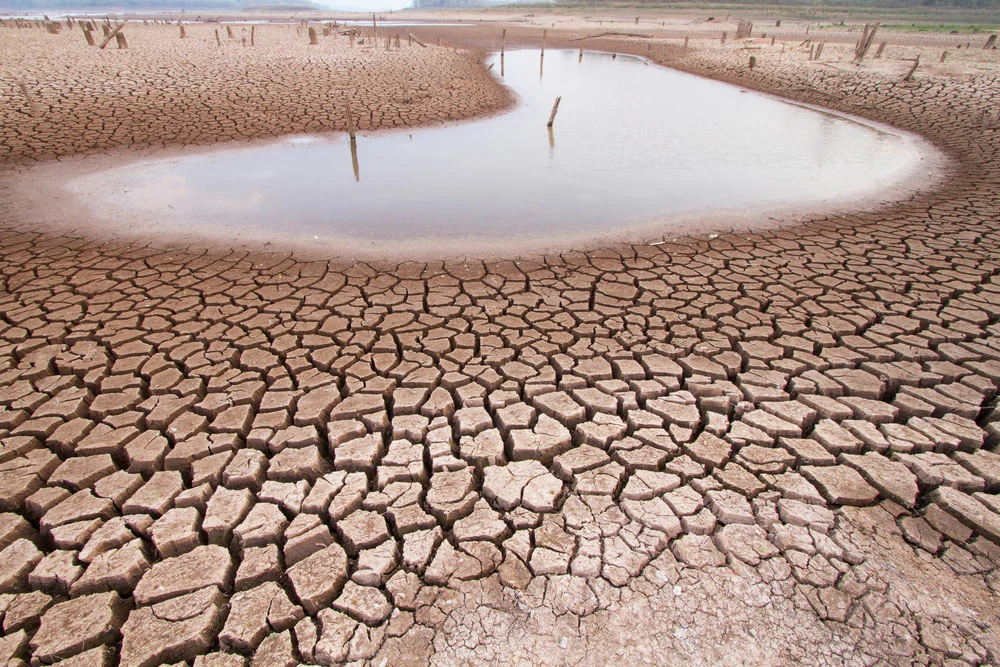
Climate change and drought land
5. Flooding
Dams can cause flooding. This disaster happens because the dam blocks the flow of water, which can back up and flood the area upstream. Unfortunately, floods can displace people and damage homes and businesses.
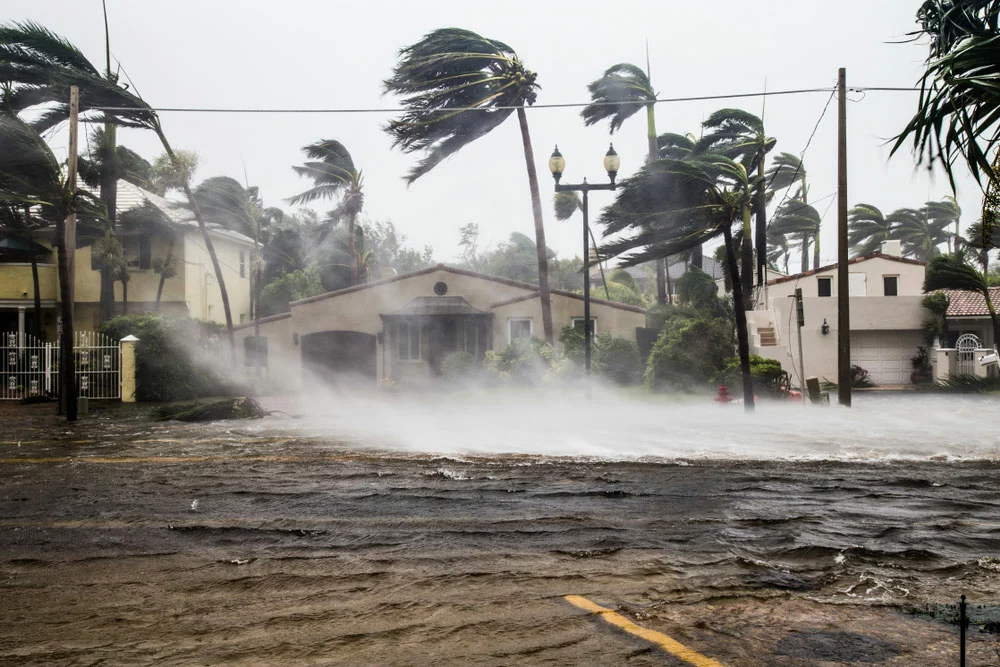
A flooded street
6. Carbon and methane emissions
While Hydropower facilities are a clean, renewable energy source, they can still produce carbon and methane emissions.
These greenhouse gas emissions come from the decomposing plants and animals submerged in the water. When they decompose, they release greenhouse gasses into the atmosphere.
7. Can disrupt fish migration
Another potential problem with hydroelectric power is that it can disrupt fish migration. This problem happens when the dam blocks the fish’s natural migration routes, and this disruption can harm the fish population by preventing them from breeding.
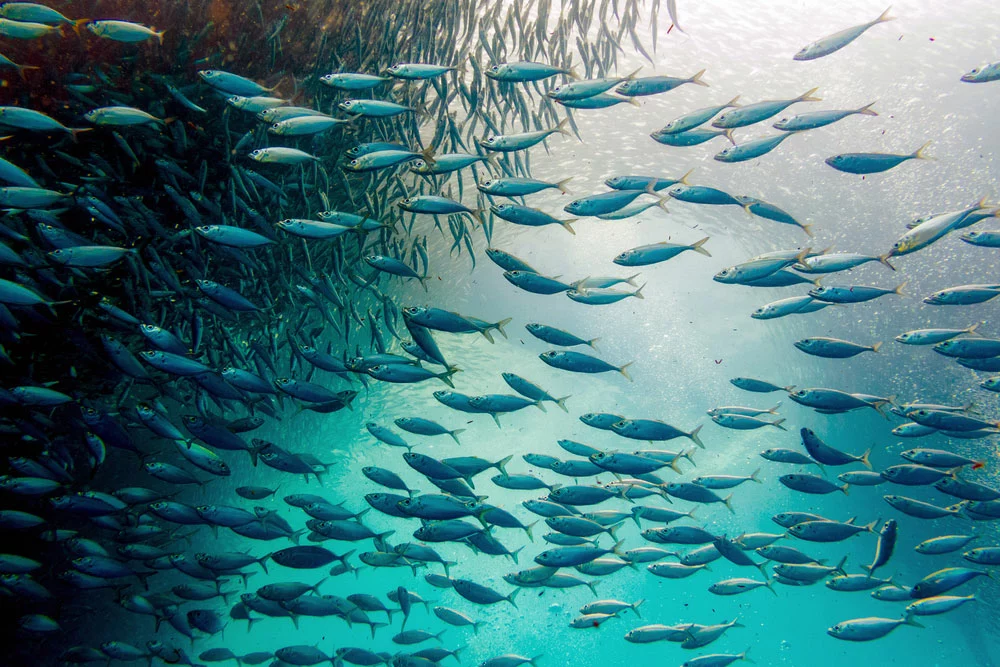
Fish migration
8. Can cause earthquakes
Yes, you read that right. Hydroelectric power plants can cause earthquakes when the water released from the power plant is heavier than the surrounding water.
If Hydroelectric power plants release this water into a river, it can cause the riverbed to shift, leading to earthquakes.
Hydroelectric Energy Pros and Cons: Comparison of Hydropower and Other Renewable Energy Technologies
When it comes to renewable energy, there are a lot of options out there because of the energy demands. Solar, wind, biofuels, and hydroelectric power are all viable options. Each has its pros and cons, so weighing all the factors before deciding is essential.
For example, solar power is cheaper than hydroelectric power, but hydroelectric power is more consistent as it is not reliant on the sun.
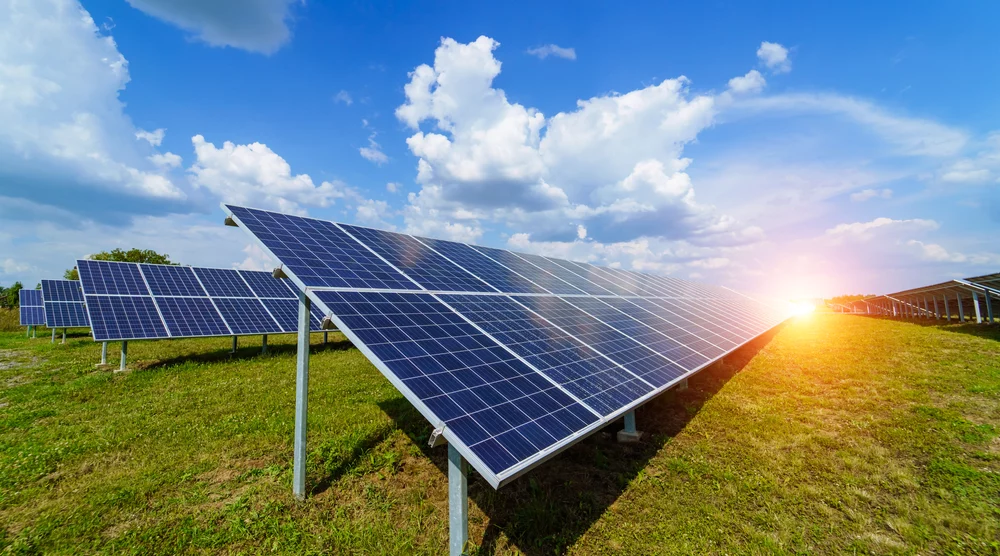
Solar power plant
Wind power is another option, they are consistent and have low emissions, but the maintenance cost is high, as the turbines need to be regularly maintained.
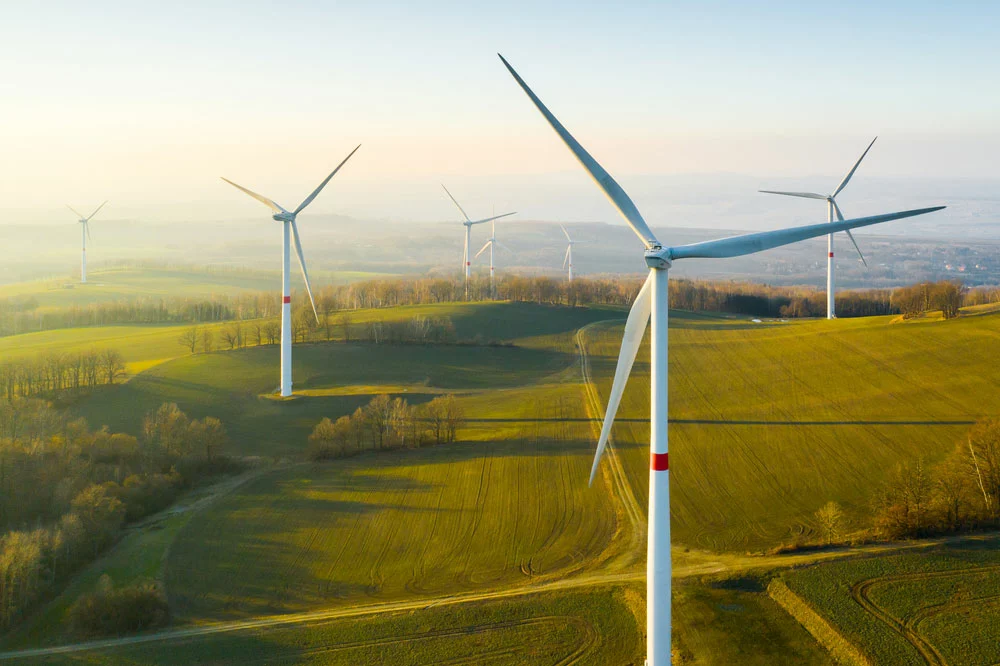
Panoramic view of wind farm
Regarding biofuels, Hydropower is more efficient. Biofuels impact the environment more as growing crops and turning them into fuel releases greenhouse gasses. Also, to make room for the crops, you need to cut down trees, which can impact the local ecosystem.
Ultimately, evaluating all options is essential as deciding which is suitable for you.
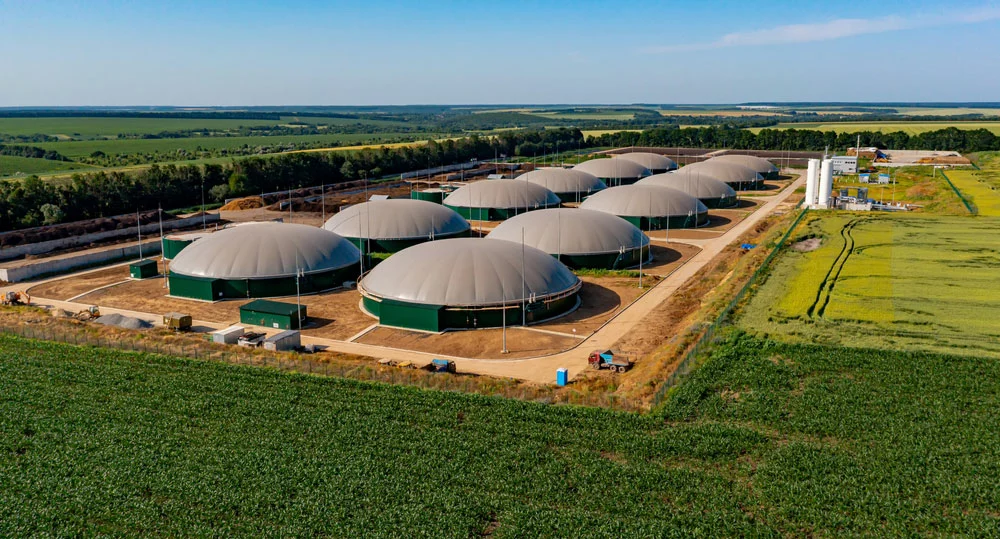
Hydroelectric Energy Pros and Cons: Biogas factory. Sustainable production of biofuel
Conclusion
Hydroelectric power is a clean and renewable source of energy. It has several advantages, including that it’s relatively inexpensive, efficient, and has low emissions.
However, it also has some disadvantages, including that it can cause environmental problems, lead to droughts, and disrupt fish migration.
So, you must weigh all the pros and cons hydropower before deciding if hydroelectric power is the right choice for you.
